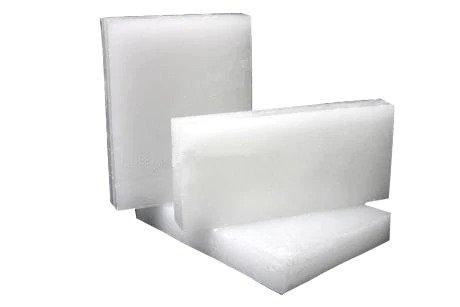Candles, which were the first form of portable illumination, have been vital to humankind’s existence since ancient times. This is evident in the numerous candle-like objects found in every culture. Historians believe the original candle was invented in primitive times by men who dipped dried branches and animal fat into vegetable oil to produce a reliable, slow-burning source of light. Reliefs from the Ancient Egyptians show how philosophers and writers used candles to light their work after dark.
For religious purposes, candles can also be used. Many references to candle use are found in the Bible. The Bible even tells the story about King Solomon, who used ten candles to light the Temple’s north- and south ends.
Later candles were used to preserve time. Auctions had a time limit. To end the period, you could insert a pin into the candle and let the wax melt.
Raw Materials
The types and compositions of wax used for candle making supplies have changed dramatically over the past century. To create stronger candles, materials are often mixed. Standard candles typically contain 60 percent paraffin (35 percent stearic) and 5 percent beeswax. Certain candles contain small amounts (from the carnauba palm) of candelilla, carnauba, and stearic acid to regulate the melting point. Paraffin and only pure beeswax are used to make these candles. The wicks are made from high-quality linen or cotton.
The material has been woven (or braided) so that it will only burn in one direction. However, it will curl to remain in the candle flames’ oxygenizing zone. A lot of wire-core wicks can be used. These wicks have a wire core that allows them to heat slightly faster than cotton, and to remain upright in the wax.
Sometimes decorative candles use waxes that aren’t beeswax or paraffin. Bayberry wax (or wax myrtle, as they are sometimes called) is made from the fruit of the bayberry bush. It is distinctively fragrant and is popular for Christmas. Non-burning candles are those that do not have to be burned, mostly the ornaments or shells of decorative candles.
Manufacturing Process
Three steps are involved in making candles: the preparation of wicking, the preparation and extrusion of wax bases, and continuous molding.
Making The Light
The cotton or linen weaves are braided. This allows for the end to remain in the flame’s outer mantle while reducing its length naturally. If the wick has not been treated, it will burn too quickly and be extinguished with the melted wax. If the wick burns, however,
Slowly, then the candle gets dangerously hotter.
Preparing A Wax Base
First, heated the wax in large metal kettles to melt it into liquid form. When the wax is heated by direct flame, it can darken or contain small parts of carbon char. Next, remove all impurities from the molten candle wax. Any perfumes or other dyes that you desire are added to the molten wax at this point. Even though most wax that arrives at the manufacturer meets strict purity standards is not filtered, many companies still filter wax to ensure quality.
Molding A Candle
Since the first candle making device was invented, continuous molding machines have been the mainstay of candle construction. However, manual machines are still being used by some companies. Continuous molding machines can be used to make candles in groups that range from 50 to 500 per batch.
Before the pouring of wax, the wick needs to be pulled through the mold tip. This tip contains a hole through which the wax wick is passed from a spool under the entire molding machine. Tin molds have polished interior surfaces that are slightly tapered for easy ejection.
The wax should be cooled to just above its melting point before being poured into the molds. The wax moves into each mold. To speed up solidification, a jacket is created around each mold. Once the wax has cured, the finished candles should be pulled from their molds. After this, the wicks may again pass through the molds. The process continues with the wicks being snipped. You can trim excess wax, collect it, and then re-use it. The continuous molding process is used for making cylindrical, tapered, and fluted candles.
Extension
This is a method in which crushed paraffin wax goes through a heated metal die under extreme pressure. The wax is also consolidated around a wick. Extrusion machinery produces a continuous length, which can then be cut into desired sizes. Rotation cutters are used to shape the tips of the candles. Finally, the candles go to an automated packing device.



